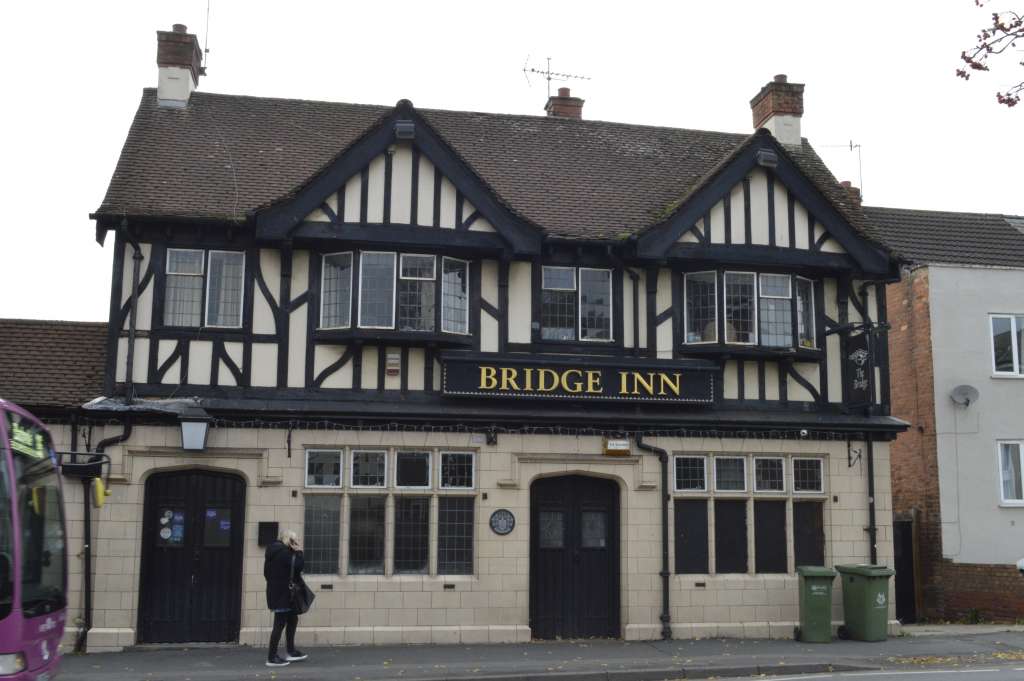PRESS RELEASE: Worcester’s Heritage under threat - SAVE condemns 12-storey tower block proposals
12th November 2020
Regeneration can be achieved without the heritage harm
SAVE Britain's Heritage has objected to plans for an over-scaled development in the heart of historic Worcester and called for a less harmful approach to regenerating the city's canal side.
Under the plans by Godwin Developments and Lowesmoor Wharf Developments, Lowesmoor Wharf on Worcester’s historic canal side would be developed with seven new blocks of flats of up to twelve storeys.
Set in the heart of the Birmingham and Worcester Canal Conservation Area, the £85m scheme would substantially harm the conservation area and see all but one of the historic buildings along Lowesmoor Terrace bulldozed with no justification for why such widespread demolition is necessary.
The terrace includes an 1866 music hall known as Vesta Tilley House, the only surviving building dedicated to the city’s own music hall singer and six-time Hollywood star Vesta Tilley (1864-1952), and an early 20th century half-timbered public house, The Bridge Inn.
SAVE has also contested the applicant's claim that such a high-density, high-rise approach is necessary to deliver the regeneration of Lowesmoor. The proposals by London-based architects Apt for seven buildings of five, six, seven, nine and twelve storeys in a conservation area where the average building height is two to three storeys, would have a destructive impact on the historic character and much-cherished skyline of Worcester.
The proposals, pictured above, would also create a canyon-like effect over Lowesmoor Terrace and be visible from across the city, competing in height with the cathedral tower, the Glover's Needle and the spire of the former St Nicholas' church. Such building heights and massing are more akin to the townscapes of major cities like Birmingham, Manchester and London, not medieval Worcester.
Having supported successful and sympathetic re-use of historic buildings in conservation areas for over 45 years, SAVE believes regeneration of this part of the city as a new canal quarter can be delivered without the large-scale demolition and substantial harm these proposals will have on the historic character of Worcester.
Local residents have launched a petition calling on the city council to reject the proposals in favour of promoting a more sympathetic and heritage driven approach to regenerating Lowesmoor Wharf and retaining Lowesmoor Terrace. The application is set to be decided by the city council's planning committee, with a date to be confirmed.
Marcus Binney, executive president of SAVE Britain’s Heritage says: “This scheme is a return to the disastrous comprehensive redevelopment of the sixties which was brought to a halt by sustained public outcry. It must now be stopped."
Phil Douce, Chairman of the Worcester Civic Society says: “Worcester Civic Society supports the principle of regeneration, but the proposed development is not suitable for this location. These proposals are more akin to a monumental scale associated with major cities such as Birmingham or London, not the medieval suburbs of a small county capital like Worcester.
The demolition of so many significant historic buildings is against the principle and philosophy of the National Planning Policy Framework and the ethos of sustainable development. We therefore call on the applicants to withdraw their plans, and a more appropriate proposal submitted.”
What you can do
Add your voice to those of concerned Worcester residents who wish to see the city’s unique character developed in a more sympathetic way by signing the local petition to the city council HERE.
Historic Worcester
The county capital of Worcester is characterised by an array of historic buildings and structures which together contribute to a cherished skyline, built and admired over centuries. Grand historic monuments, including the medieval Cathedral, the magnificent Guildhall, the canal, the Vinegar Warehouse and vast Steam Engine Workshops stand amongst the city’s host of church spires and iconic railway viaducts encircling its medieval heart. An eclectic mix of historic terraced streets, such as Lowesmoor Terrace, characterise much of the city, many surviving largely unaltered since the late 19th century.
Lowesmoor Wharf was first developed around one of two new canal basins completed in 1815, following the extension of the Worcester to Birmingham Canal, which is itself considered a masterpiece of Georgian engineering. With commercial use of the canal waning by the 1950s, the basin itself was converted for docking house boats, and the wharf is now characterised by two-storey light industry buildings dating from the mid 20th century.
ENDS
Note to editors
1. For more information and images contact Ben Oakley, Conservation Officer at SAVE Britain's Heritage: oakley@savebritainsheritage.org/ 07388 181 181
2. SAVE Britain’s Heritage has been campaigning for historic buildings since its formation in 1975 by a group of architectural historians, writers, journalists and planners. It is a strong, independent voice in conservation, free to respond rapidly to emergencies and to speak out loud for the historic built environment.




